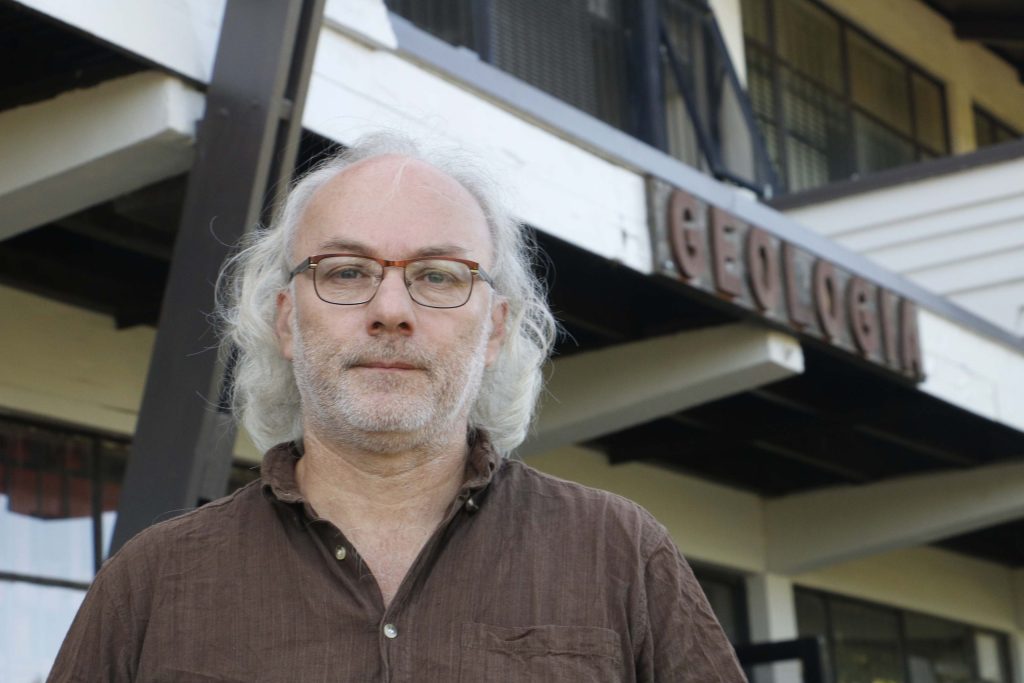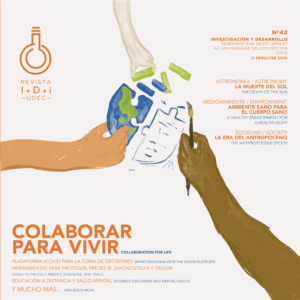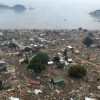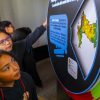The international outreach project will generate an earthquake catalog with data from the Chilean network thanks to the implementation of algorithms that will increase one hundredfold the number of telluric episodes that the instruments can record.
By: Iván Tobar Bocaz, Journalist Department of Earth Sciences comunicaciondct@udec.cl | Images: Dept. of Earth Sciences
Significant progress has been made in understanding seismic events in the last few years. One notion that has gained strength in the last decade is that the most minor earthquakes (even those imperceptible to people) could be indicators of imminent large earthquakes.
In this context, it becomes more critical to have equipment that can expand the range of episodes that can be recorded. That is why experts from different latitudes have taken advantage of tools that are contributing to moving the frontier of knowledge in several areas, such as artificial intelligence.
This is the case of a proposal for a Chilean-Czech collaboration financed by the ANID International Outreach Fund and led from the University of Concepción by Dr. Andrés Tassara Oddó. His counterpart is Dr. Christian Sippl from the Czech Academy of Sciences, and together, they are developing a machine learning system. According to the UdeC’s Faculty of Chemical Sciences professor, “It makes it possible to significantly reduce the minimum magnitude that any network of seismometers is capable of detecting.”

Algorithm training
The expert explains that the greater the number of seismic episodes that this equipment records, the better the understanding that will be obtained from them and the more refined the spatiotemporal analysis of seismicity will be. “The workflow that Dr. Sippl has designed involves several different tools within the data processing to recover much better signals of small magnitude events and be able, then, to identify earthquakes that would have been very difficult to detect with any other technique, greatly increasing by 10 or 100 times the number of registered earthquakes,” Tassara mentions.
This is very relevant today for this field of science because there is agreement that certain aspects of very small tremors’ spatial and temporal evolution could indicate more significant processes occurring on the faults on their path to a large earthquake.
“So, the analysis of small earthquakes today, together with the analysis of surface deformation recorded by GPS, is leading us to a much better understanding of all the processes before large earthquakes hit,” he said, emphasizing that “having a catalog of very small earthquakes is a tremendous step towards having a better understanding of the processes that occur before large earthquakes hit. It also allows us to have a better understanding of the distribution of seismically active zones.”
Non-linear reality
As for using machine learning for this particular scientific problem, Dr. Tassara explained that the algorithm developed by Dr. Sippl’s team is already trained with seismological data from Italy, and now it needs to be fed with data from Chile’s seismological network.
“What these algorithms do is to automatically detect tiny events within a station’s continuous recording in a sufficiently wide network of instruments where someone has identified and reviewed them,” Tassara adds.
For example, several stations in the network can record the same earthquake at different times, depending on factors such as the distance and the wave’s propagation speed. On the contrary, the same station can record earthquakes that are close in time and do not occur during the same telluric event. This represents a significant scientific challenge to which the group of scientists hopes to contribute. “This is a non-linear problem because the velocity structure inside the Earth is not very simple or linear.”
Last modified: 3 de septiembre de 2025






